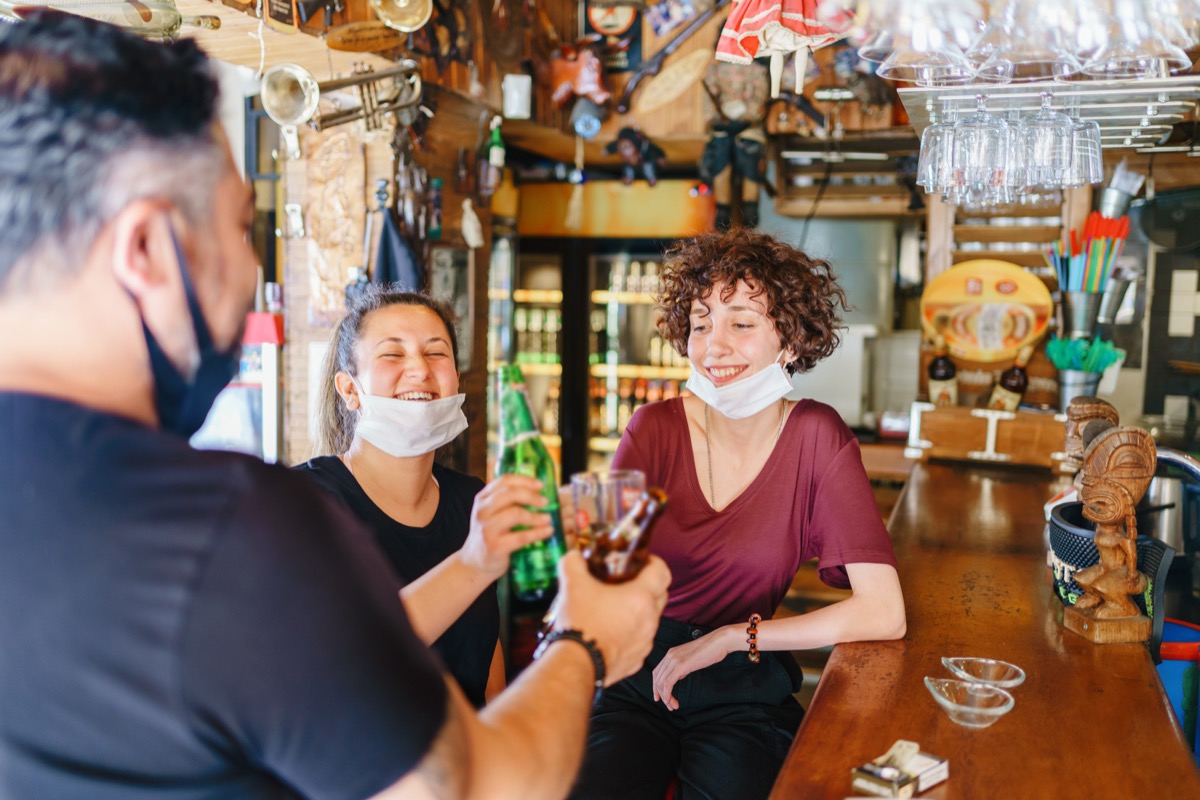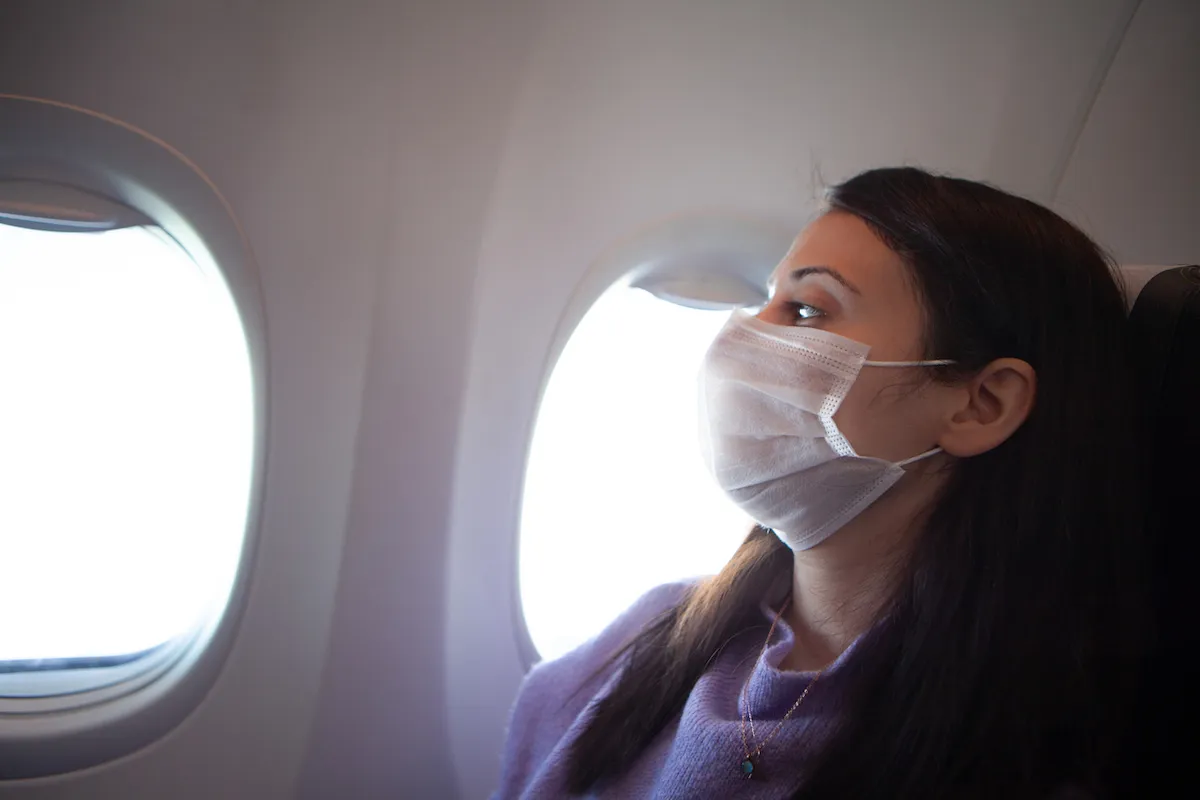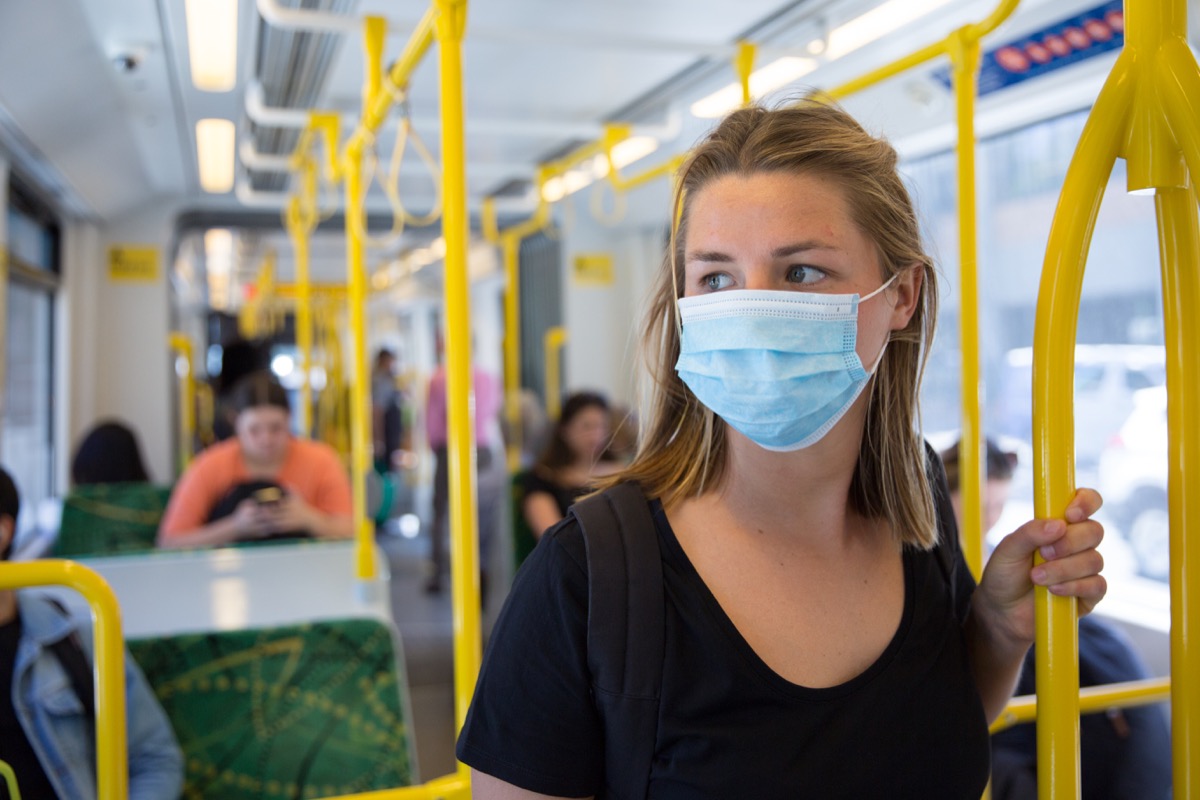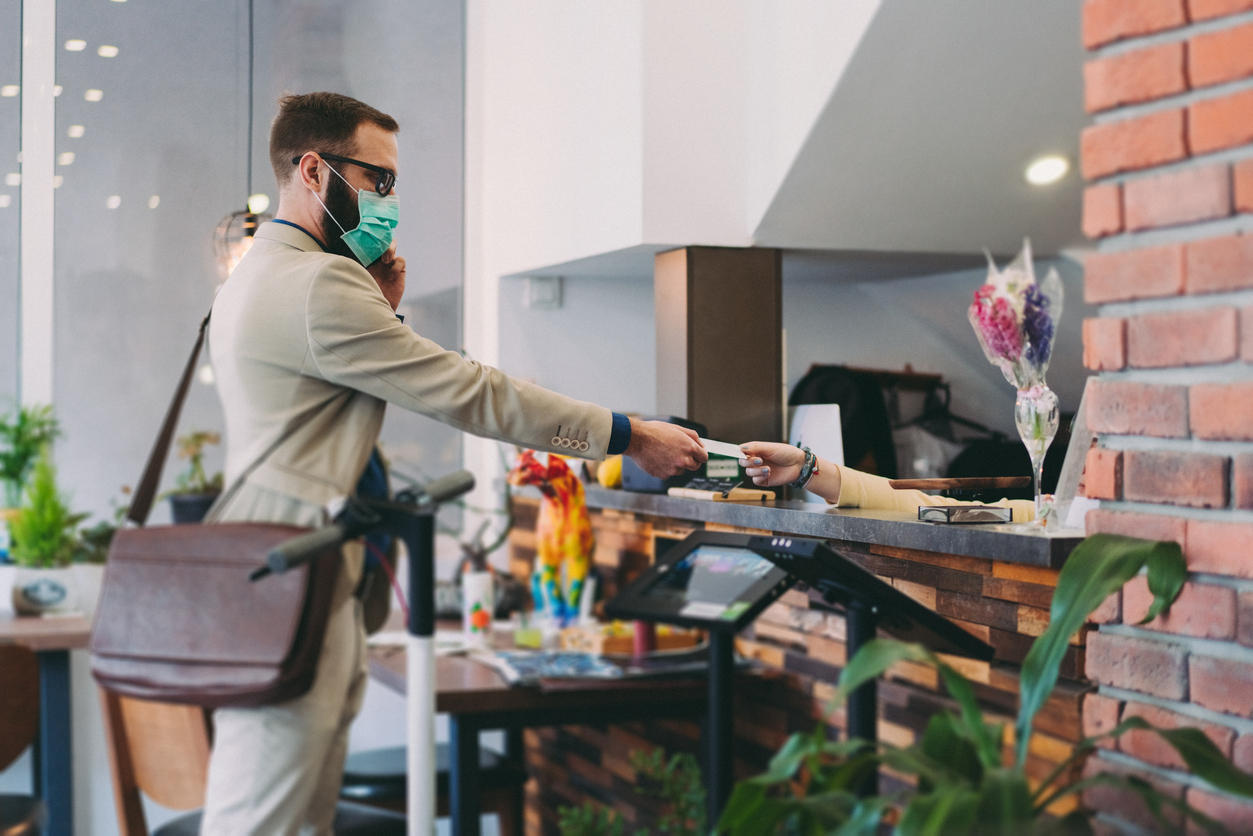The new case study, which was published in the Journal of Korean Medical Science on Nov. 23, investigated the perplexing instance of a teenager in South Korea who tested positive for COVID-19 despite not having traveled recently, nor having any new cases reported in the province for a month. Through analysis of cellphone data, video footage, and even a recreation of the scene, researchers discovered that the teen had been infected after spending five minutes in the same restaurant as an international business traveler who later tested positive for the virus. Researchers were able to establish that currents of air in the restaurant had made the virus capable of spreading much farther than the six feet of social distancing recommended to the public. “Incredibly, despite sitting a far distance away, the airflow came down the wall and created a valley of wind,” Lee Ju-Hyung, MD, an epidemiologist and one of the authors of the study, told the Los Angeles Times. “People who were along that line were infected.” The study adds to mounting evidence that despite great efforts made by health officials and restaurateurs, indoor dining remains a difficult activity to make safe given how coronavirus can spread—namely because eating or drinking makes wearing a mask impossible. This includes a report by the Centers for Disease Control and Prevention (CDC) published in September which found that those who had eaten out at a restaurant within the past two weeks were twice as likely to test positive for COVID-19. “Eating indoors at a restaurant is one of the riskiest things you can do in a pandemic,” Linsey Marr, an engineering professor at Virginia Tech who was not involved in the study, told the L.A. Times. “Even if there is distancing, as this shows and other studies show, the distancing is not enough.” But restaurants aren’t the only places you need to be concerned about during the pandemic. Keep reading for more venues that worry medical experts, and for places that are struggling to contain COVID, This Surprising State Is Seeing the Worst COVID Surge in the U.S. In a Nov. 18 interview with The New York Times, Anthony Fauci, MD, reiterated one of his most often repeated warnings. “Bars are really problematic. I have to tell you, if you look at some of the outbreaks that we’ve seen, it’s when people go into bars, crowded bars,” he warned. “I used to like to sit at a bar and grab a hamburger and a beer. But when you’re at a bar, people are leaning over your shoulder to get a drink, people next to each other like this. It’s kind of fun because it’s social, but it’s not fun when this virus is in the air. So I would think that if there’s anything you want to clamp down on for the time being, it’s bars,” he advised. And for more on the future of the pandemic, You Shouldn’t Do This Right After Getting a COVID Vaccine, Expert Warns. Fauci clarified that anyone who is high risk—for example, someone who’s as old as he is, at the age of 79—should avoid “flying in an airplane.” But it’s a different case for young, healthy people: “If you’re a 25-year-old who has no underlying conditions, that’s much different,” he told The New York Times. And for signs you could already be sick, This Strange Pain Could Be the First Sign You Have COVID, Study Says. “It depends on your individual circumstances. If you are someone who is in the highest risk category, as best as possible, don’t travel anywhere,” Fauci told The New York Times, when asked about public transportation. “If you go someplace, you have a car, you’re in your car by yourself, not getting on a crowded subway, not getting on a crowded bus.” And for more up-to-date information, sign up for our daily newsletter.ae0fcc31ae342fd3a1346ebb1f342fcb Even though the CDC has specifically advised against travel, that hasn’t stopped millions of Americans from hitting the road and taking to the skies. The agency warns that traveling “increases your chances of getting and spreading COVID-19,” ranking staying in a hotel as very risky behavior in its guidelines, second only to staying in a hostel or dormitory-style dwelling. And for more on minimizing risk over the holidays, This Is the Only Way You Can Have a “Safe Christmas Party,” Doctor Says.



